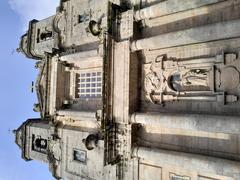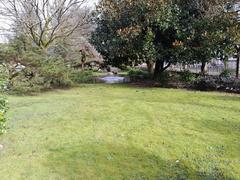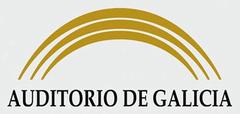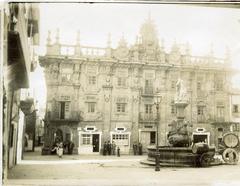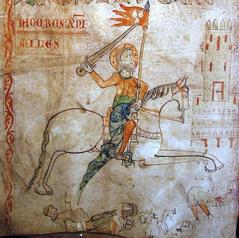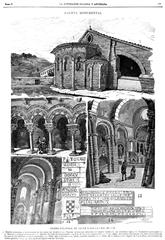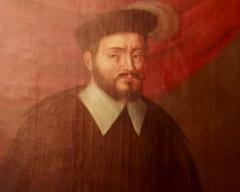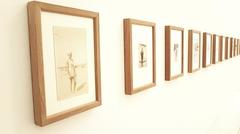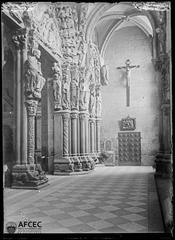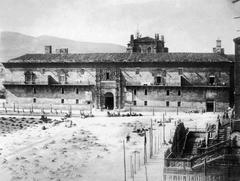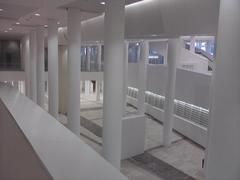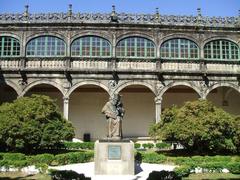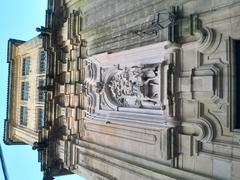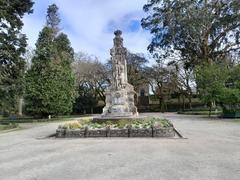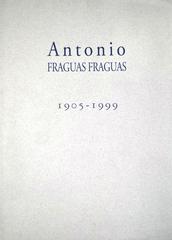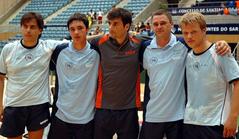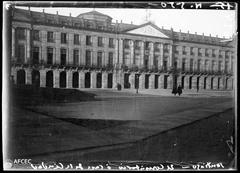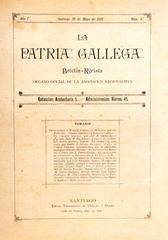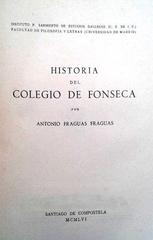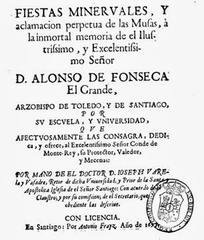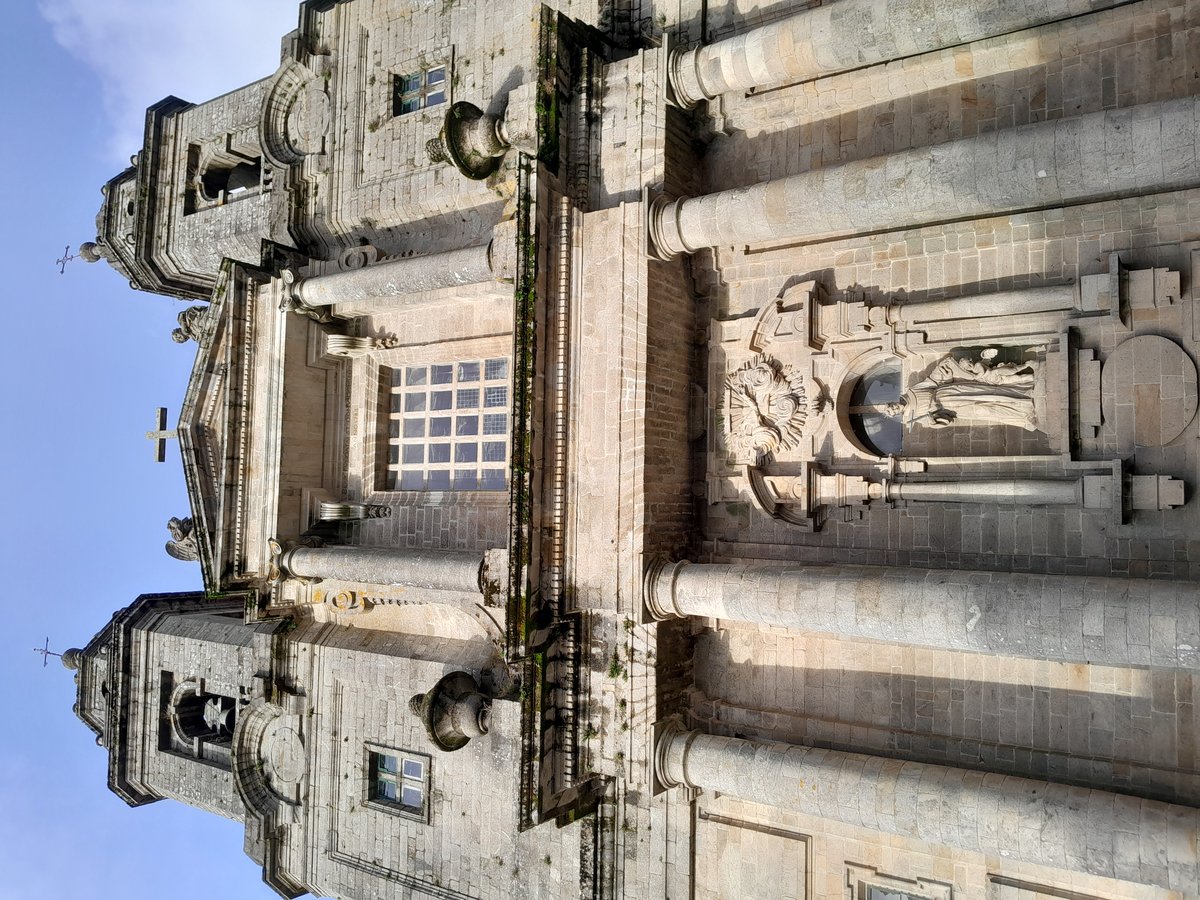
Monastery of San Francisco do Val de Deus: Visiting Hours, Tickets, and Santiago de Compostela Historical Sites Guide
Date: 15/06/2025
Introduction
The Monastery of San Francisco do Val de Deus is a cornerstone of Santiago de Compostela’s spiritual and cultural landscape. Situated just 150 meters from the Cathedral of Santiago, this Franciscan monastery, founded in the early 13th century, stands as a testament to centuries of religious devotion, architectural transformation, and the enduring tradition of pilgrimage on the Camino de Santiago. This comprehensive guide provides essential information on visiting hours, ticketing, accessibility, guided tours, and nearby attractions, while offering insights into the monastery’s remarkable history and ongoing cultural significance. For up-to-date details, consult official sources (San Francisco Hotel Monumento, Santiago Turismo, Spain.info, UNESCO).
Table of Contents
- Introduction
- Historical Background and Evolution
- Cultural, Religious, and Pilgrimage Significance
- Visiting the Monastery: Hours, Tickets, and Accessibility
- Guided Tours, Visitor Experience, and Facilities
- Architectural and Artistic Features
- Special Events and Photographic Spots
- Nearby Attractions and Suggested Itineraries
- Frequently Asked Questions (FAQ)
- Practical Tips and Responsible Tourism
- Contact Information
- References
- Conclusion and Call to Action
Historical Background and Evolution
Foundation and Early History
The Monastery of San Francisco do Val de Deus traces its foundation to the pilgrimage of Saint Francis of Assisi in 1214. According to tradition, Saint Francis, captivated by Santiago’s spiritual resonance, entrusted a local charcoal burner named Cotolay to construct a monastery for the Franciscan order. The land, originally belonging to the Benedictine Monastery of San Martiño Pinario, was transferred for an annual symbolic rent of a basket of fish—a tradition observed until the late 18th century. Cotolay’s tomb and five surviving Gothic arches in the cloister are enduring links to this legendary foundation (Santiago Turismo).
Architectural Development
Initially situated outside the city’s medieval walls, the monastery began as a humble Gothic structure. Over the centuries, it evolved into a major hub for Franciscan activity in Galicia, providing spiritual and material support to pilgrims on the Camino de Santiago. The convent’s expansion in the Middle Ages, and later the construction of new cloisters and public spaces, reflect its growing importance.
Baroque Reconstruction and Recognition
By the 18th century, the original building had decayed significantly. A monumental Baroque reconstruction commenced in 1742, culminating in the grand complex visible today. The monastery’s Baroque and neoclassical facades, monumental staircase (1679), and spacious cloisters stand as masterpieces of Galician monastic architecture. In 1896, it was declared a Monumento Histórico-Artístico, securing its protection, and in 2015, it was included in UNESCO’s World Heritage listing as part of the “Caminos de Santiago de Compostela: Camino Francés y Caminos del Norte de España” (UNESCO).
Cultural, Religious, and Pilgrimage Significance
The Monastery of San Francisco do Val de Deus is intimately linked to the pilgrimage tradition of Santiago de Compostela. Its founding by Saint Francis of Assisi and its proximity to the Cathedral of Santiago have made it a sanctuary for countless pilgrims. Franciscan friars still reside here, maintaining the monastery’s living tradition of prayer, hospitality, and service. The ethos of humility and charity is woven into daily life, with Mass and the Rosary celebrated regularly and pilgrims welcomed with open arms.
The monastery’s role as a spiritual waypoint on the Camino de Santiago is complemented by its unique Terra Santa Museum, which houses over 700 artifacts from the Holy Land, connecting Galician pilgrimage with the broader Christian world (Santiago Turismo).
Visiting the Monastery: Hours, Tickets, and Accessibility
Visiting Hours
- Monday to Saturday: 10:00 AM – 1:30 PM, 4:00 PM – 7:00 PM
- Sundays and Holidays: 11:00 AM – 1:30 PM
- Please note: Hours may vary during special events or religious services. Confirm via the official website.
Ticket Information
- General admission: €5 (subject to change; check the official site for updates)
- Discounts: Available for students, seniors, children under 12, pilgrims with a Compostela certificate, and residents of Santiago de Compostela
- Terra Santa Museum: Additional fee (~€3 adults), with discounts for groups and concessions
- Where to buy: On-site at the entrance or online via the San Francisco Hotel Monumento website
Accessibility
- Wheelchair access: Main entrances and public areas are accessible; some historic sections (upper cloisters, museum) may have limited access due to stairs and uneven flooring
- Facilities: Accessible restrooms and staff assistance available
- Further needs: Contact the monastery in advance for special arrangements
Guided Tours, Visitor Experience, and Facilities
Guided Tours
- Languages: Spanish, Galician, and English
- Duration: 45–60 minutes
- Booking: Online or at the visitor center; advance booking recommended during peak seasons
- Highlights: Baroque and Gothic architecture, Cotolay’s tomb, Terra Santa Museum, gardens, and panoramic city views
Self-Guided Visits
- Informational panels: Multilingual panels throughout the complex
- Audio guides: Available for rent at the entrance
On-Site Amenities
- Restrooms: Within monastery grounds
- Gift shop: Religious items, books, and souvenirs
- Café: Light refreshments and Galician pastries
- Hotel: The San Francisco Hotel Monumento, a luxurious 4-star hotel within the monastery (San Francisco Hotel Monumento)
Architectural and Artistic Features
- Baroque and Neoclassical Facades: Featuring intricate stonework and monumental scale
- Cloisters and Courtyards: The Cloister of the Fountain (1613) and Glass Courtyard (1912) display the evolution from medieval to modern monastic architecture (sanfranciscohm.com)
- Monumental Staircase: Completed in 1679, exemplifies Baroque grandeur
- Church of San Francisco: Finished in 1787, with a balanced late Baroque design
- Mausoleum of Cotolay: Commemorates the legendary founder at the main entrance
- Artistic Treasures: The monumental cross by Francisco Asorey and sepulcher of Cotolay are focal points of devotion and artistry
- Terra Santa Museum: Over 700 artifacts, including a scale model of the Basilica of the Holy Sepulcher, and relics from Jerusalem
Special Events and Photographic Spots
- Religious services: Daily Mass, Rosary at 19:30, open to visitors
- Cultural events: Concerts, art exhibitions, and festivals, especially during summer and on the Feast of St. James (July 25)
- Photography: Best light in early morning and late afternoon; capture the façade, cloisters, monumental cross, and museum exhibits (no flash or tripods; some areas restricted)
Nearby Attractions and Suggested Itineraries
- Cathedral of Santiago de Compostela: The city’s primary pilgrimage site (UNESCO)
- Monastery of San Martiño Pinario: Another grand historic complex nearby
- Plaza del Obradoiro: Vibrant main square with cafes and shops
- Museum of the Galician People: Chronicles regional history and culture
- Recommended itinerary: Morning at the monastery, lunch nearby, afternoon exploring the cathedral and Old Town
Frequently Asked Questions (FAQ)
Q: What are the visiting hours for the monastery?
A: Monday to Saturday, 10:00 AM–1:30 PM and 4:00 PM–7:00 PM; Sundays and holidays, 11:00 AM–1:30 PM. Always check the official website for updates.
Q: How much are tickets?
A: General admission is about €5, with discounts for students, seniors, children, and pilgrims. The museum charges a separate small fee.
Q: Is the monastery wheelchair accessible?
A: The main areas are accessible; some historic sections may not be. Contact the monastery for details.
Q: Are guided tours available?
A: Yes, in Spanish, Galician, and English. Book in advance or on-site.
Q: Can I take photographs?
A: Yes, in most areas—without flash or tripods. Some restrictions apply in the church and museum.
Q: Can I attend religious services?
A: Daily Mass and the Rosary are open to visitors.
Practical Tips and Responsible Tourism
- Best time to visit: Spring and autumn for mild weather and fewer tourists
- Dress code: Shoulders and knees covered; hats off inside the church
- Language: Spanish and Galician; English spoken in most tourist areas
- Currency: Euro (€); credit cards accepted
- Luggage storage: Available at the train station and nearby locations
- Sustainability: Respect sacred spaces; minimize noise and waste; follow local guidelines (UNESCO)
Contact Information
- Address: Campillo de San Francisco, 3, 15705 Santiago de Compostela, A Coruña, Spain
- Phone: +34 981 581 634
- Website: San Francisco Hotel Monumento
- Email: Use the contact form on the official website
For the latest on hours, tickets, and events, consult the official monastery website or local tourist offices (Spain.info).
References
- Monastery of San Francisco do Val de Deus in Santiago de Compostela: History, Visiting Hours, Tickets, and Visitor Guide, 2025, Santiago Turismo
- Monastery of San Francisco do Val de Deus Visiting Hours and Visitor Guide, 2025, San Francisco Hotel Monumento
- Visiting the Monastery of San Francisco do Val de Deus: Hours, Tickets, and Architectural Highlights in Santiago de Compostela, 2025, San Francisco Hotel Monumento
- Visiting Hours and Tickets for the Monastery of San Francisco do Val de Deus in Santiago de Compostela: A Complete Guide to Exploring This Historic Site, 2025, Spain.info
- UNESCO World Heritage Centre, 2025
Conclusion and Call to Action
The Monastery of San Francisco do Val de Deus embodies Santiago de Compostela’s enduring religious, architectural, and cultural legacy. Its roots in the pilgrimage of Saint Francis of Assisi, the grandeur of its Baroque and Gothic features, and the living presence of Franciscan friars create a unique experience for every visitor. Whether you seek spiritual renewal, artistic inspiration, or a deeper connection to Galicia’s heritage, this monastery welcomes you.
Plan your visit today: check seasonal hours, book tickets or guided tours, and explore nearby UNESCO-listed sites. Download the Audiala app for immersive audio guides and stay updated on events through official channels.
Discover more of Santiago de Compostela’s historical wonders and enrich your journey in this remarkable city.
